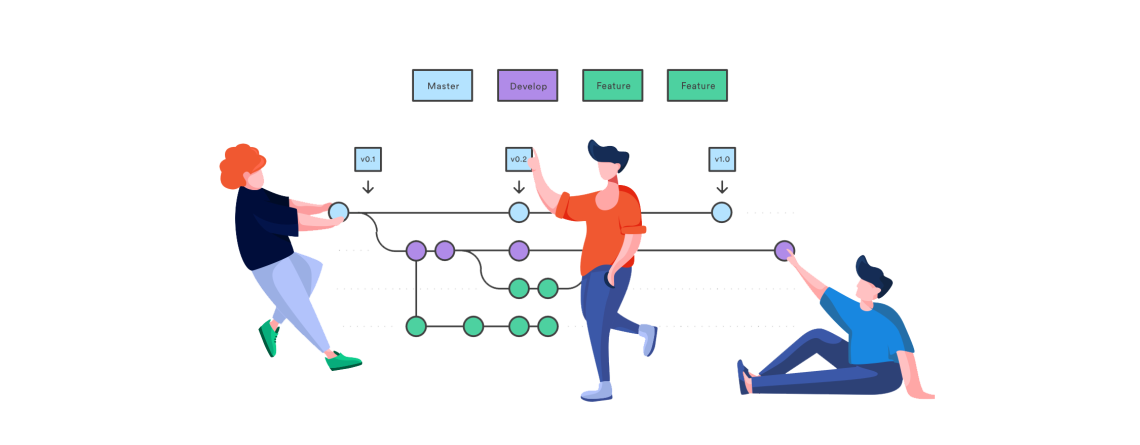Choosing the Right Git Workflow: Merge vs. Rebase
Git is without a doubt king of version control in software development. Git provides a number of methods for effectively managing your codebase. The “Merge” and “Rebase” procedures are two of the more popular and contentious ones. We’ll discuss the distinctions between them, their benefits, and when to utilize each one in this blog article. To further clarify these ideas, we will also offer some code examples.
Understanding Merge
Merging changes from one branch into another in Git through the merge process generates a fresh “merge commit” that incorporates contributions from both the source branch and the target branch. Let’s break down the sequence of actions involved in this process:
- Create a New Branch: Let’s start by creating a new branch called
feature-branchand switch to it.
git checkout -b feature-branch
- Make Some Changes: Make changes to your code and commit them.
echo "New feature" >> feature-file.txt git add feature-file.txt git commit -m "Add new feature"
- Switch to the Target Branch: Switch back to your main development branch (e.g.,
main).
git checkout main
- Merge the Feature Branch: Merge the changes from the feature branch into the main branch.
git merge feature-branch
Understanding Rebase
The Rebase workflow, on the other hand, involves moving or “replaying” the entire history of one branch onto the tip of another branch. This results in a linear history without merge commits. Here’s how to use rebase:
- Create a New Branch: Again, create a new branch, but this time, let’s call it
feature-branch-2.
git checkout -b feature-branch-2
- Make Some Changes: Make changes to your code and commit them.
echo "Another new feature" >> feature-file.txt git add feature-file.txt git commit -m "Add another new feature"
- Switch to the Target Branch: Switch back to your main development branch.
git checkout main
- Rebase the Feature Branch: Rebase the changes from the feature branch onto the main branch.
git rebase feature-branch-2
When to Use Merge
Merge is a suitable choice when:
- You want to preserve the entire history of both branches.
- You’re working on a collaborative project where multiple people contribute, and you want to maintain a clear history of who did what.
When to Use Rebase
Rebase is beneficial when:
- You prefer a cleaner, linear history without merge commits, which can make it easier to track changes and locate issues.
- You’re working on feature branches and want to keep the history straightforward.
- You’re preparing your branch for a pull request, and you want to keep the commit history concise.
Conclusion
In summary, the specific demands of your project and your personal preferences will dictate whether you opt for Git’s merge or rebase approach. While each method has its advantages, understanding when and why to utilize each one is crucial. Mastery of these Git techniques will empower you to effectively manage your codebase and collaborate seamlessly with your team.











Leave a Reply